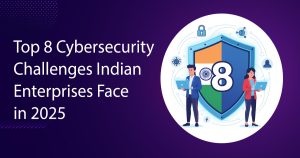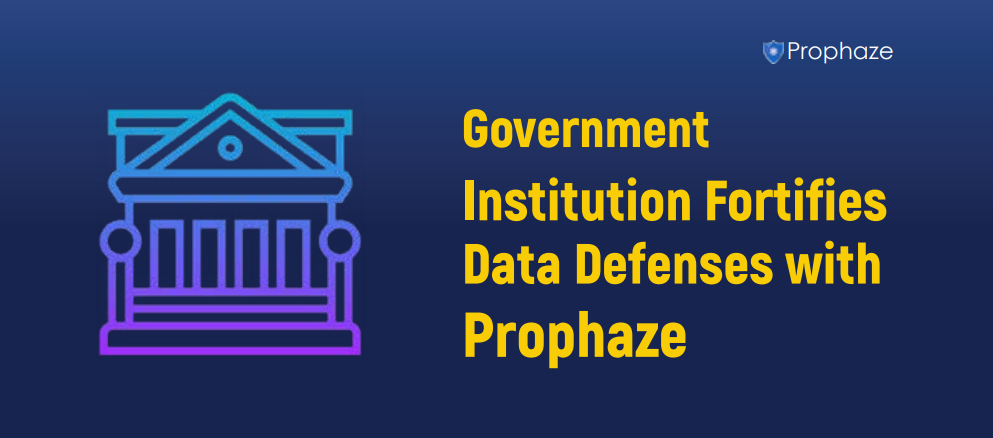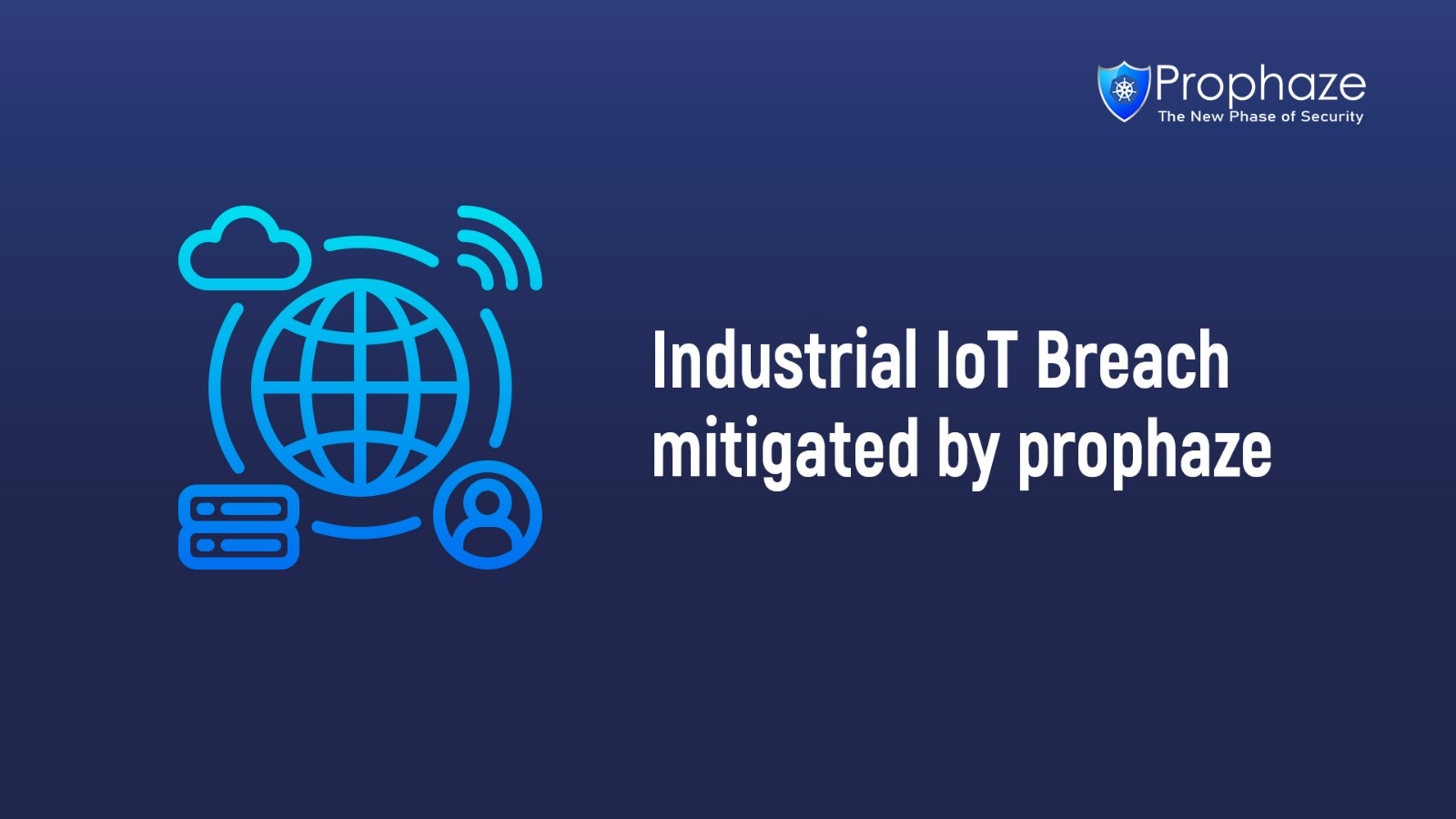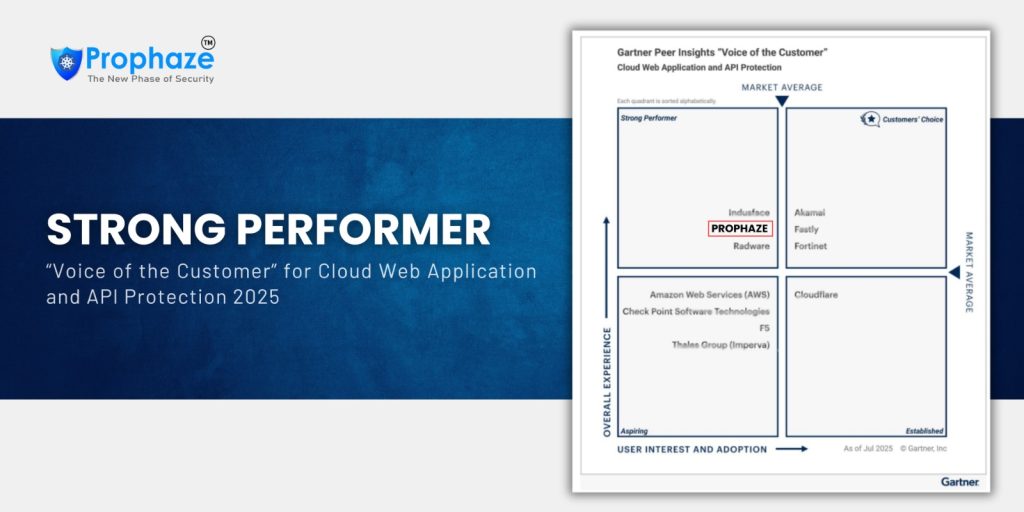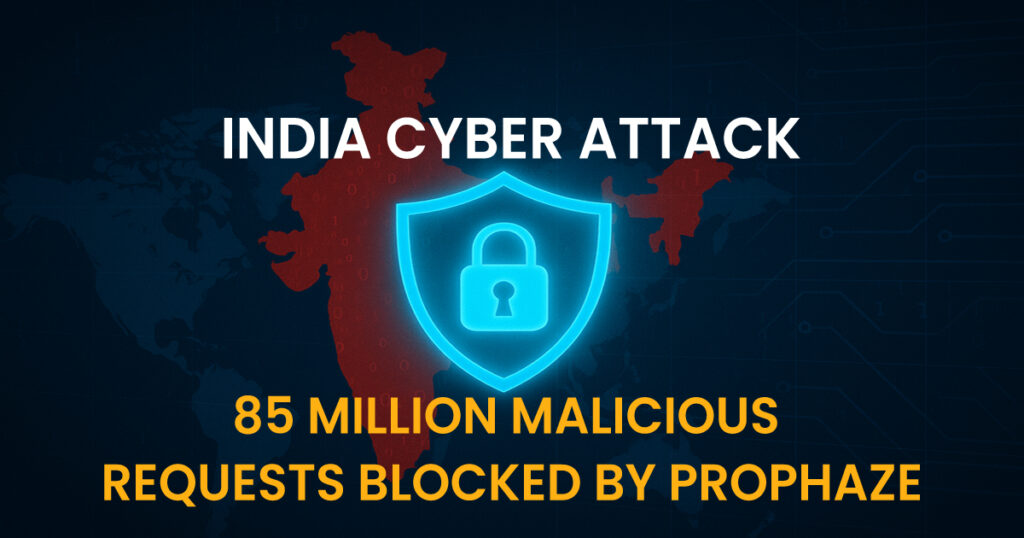In 2025, Indian enterprises face unprecedented cyber threats — from AI-powered ransomware to shadow API exploits. With the average cost of a data breach in India reaching an all-time high, cybersecurity is no longer just an IT issue — it’s a boardroom priority.
Enterprises that fail to act face regulatory fines, brand damage, operational disruption, and loss of customer trust. Below, we explore the top cybersecurity challenges for Indian businesses in 2025 — and how to stay ahead.
Why Cybersecurity is a Business Imperative in India (2025 Context)
Cybersecurity is no longer an IT concern; This is a fundamental business mandate. The digital economy in India is booming with a rapid adoption of Cloud Technologies, IOT, and AI. This increase, while also introducing beneficial new defects. The financial and reputational cost of a cyber attack can be disastrous, leading to significant damage, regulatory fines, and erosion of customer trust.
In 2025, the average cost of a data breach in India has reached an all-time high, outlining the immediate requirement for proactive cybersecurity strategies.
Top Cybersecurity Challenges for Indian Enterprises in 2025
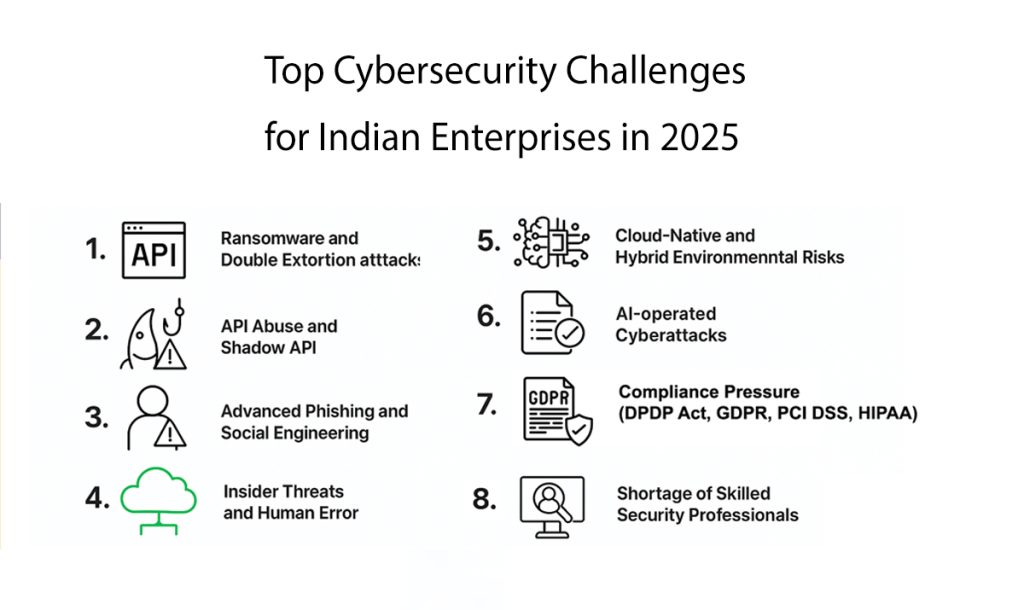
1. Ransomware and Double Extortion attacks
Ransomware has evolved into one of the most destructive threats in 2025. Attackers are no longer satisfied with encrypting files alone; they now steal sensitive data and threaten to publish it if ransom demands are ignored. This “double extortion” model has made ransomware incidents far more damaging, particularly for sectors like banking, healthcare, and manufacturing in India. The frequency of such attacks continues to rise, with new variants constantly emerging. To stay protected, enterprises must maintain offline encrypted backups, implement AI-driven detection systems, and conduct regular incident response exercises to reduce downtime and losses.
2. API Abuse and Shadow API
APIs drive digital transformation but also expose enterprises to new risks. Shadow APIs—undocumented or unmanaged endpoints—are especially dangerous, creating blind spots for attackers to exploit. Indian businesses are increasingly experiencing breaches through unauthorized API access and data leaks. The solution lies in continuous API monitoring, strict authentication measures, and Web Application and API Protection (WAAP) solutions that secure both active and shadow APIs.
3. Advanced Phishing and Social Engineering
Phishing attacks have become more sophisticated in 2025 with the use of AI. Cybercriminals now create highly personalized and convincing phishing campaigns across email, SMS, messaging apps, and even voice calls. India ranks among the highest globally for phishing incidents. Defenses require phishing-resistant multi-factor authentication, proactive employee training, and advanced detection tools capable of identifying AI-generated phishing attempts.
4. Insider Threats and Human Error
Insider threats and human errors remain a significant cause of data breaches in India. Weak passwords, accidental data sharing, and misconfigurations often provide attackers with easy entry points. To address this challenge, enterprises must implement least-privilege access policies, monitor insider activities closely, and deliver regular training to employees on cybersecurity best practices.
5. Cloud-Native and Hybrid Environmental Risks
As cloud and hybrid infrastructures expand, so does the attack surface. Misconfigured cloud resources, insecure APIs, and lack of centralized visibility leave Indian enterprises vulnerable. The risks are compounded by increasing regulatory scrutiny on data protection and residency. Organizations must adopt cloud-native security controls, automate compliance audits, and deploy visibility tools to secure multi-cloud and hybrid environments.
6. AI-operated Cyberattacks
AI has become a weapon for both defenders and attackers. In 2025, adversaries are leveraging AI to generate polymorphic malware, automate attack campaigns, and evade traditional defenses. Enterprises in India are already witnessing a rise in such AI-driven threats. Combating these attacks requires adaptive, AI-powered defense platforms that evolve with emerging threats and provide real-time response capabilities.
7. Compliance Pressure (DPDP Act, GDPR, PCI DSS, HIPAA)
With the enforcement of India’s Digital Personal Data Protection (DPDP) Act in 2025, compliance has become non-negotiable. Along with global standards like GDPR, PCI DSS, and HIPAA, the regulatory burden on Indian enterprises has grown significantly. Non-compliance risks fines, reputational harm, and customer trust loss. The way forward involves automating compliance processes, establishing governance frameworks, and adopting compliance-ready cybersecurity platforms.
8. Shortage of Skilled Security Professionals
The shortage of skilled cybersecurity professionals is one of India’s biggest challenges in 2025. Security teams are often understaffed, making timely detection and response difficult. Enterprises must compensate for this gap by leveraging AI-based security automation, upskilling existing IT teams, and collaborating with managed security service providers.
The Cost of Ignoring These Challenges
Ignoring these challenges can lead to frightening consequences. Beyond the cost of breaches, the organization’s risk:
-
Regulatory fine
-
legal fees
-
Loss of customer trust
-
Long-term brand damage
-
Operating disruption
Enterprises that overlook these challenges face severe consequences, including regulatory fines, legal costs, customer churn, operational disruption, and long-term brand damage. With the average cost of data breaches in India at an all-time high, ignoring proactive security is no longer an option.
How Prophaze Helps Indian Enterprises Stay Ahead
Prophaze delivers a comprehensive Web Application and API Protection (WAAP) platform designed to address these challenges. Powered by AI, Prophaze provides:
-
Real-time threat detection and mitigation
-
Defense against ransomware, API abuse, DDoS, and zero-day vulnerabilities
-
Automated compliance reporting for DPDP, GDPR, PCI DSS, and HIPAA
-
Cloud-native scalability and visibility across hybrid environments
By adopting Prophaze, enterprises can safeguard digital assets, reduce risks, and maintain compliance in a rapidly changing threat landscape.
Future Outlook: Cybersecurity in India (2025–2030)
The next five years will see an even more complex cyber landscape in India. AI-driven threats will become more advanced, IoT and 5G will expand the digital attack surface, and regulatory enforcement will intensify under the DPDP Act and international standards. Indian enterprises must embrace integrated, AI-first security strategies to achieve true cyber resilience. Prophaze is committed to continuous innovation, ensuring businesses stay one step ahead of evolving cyber threats.





